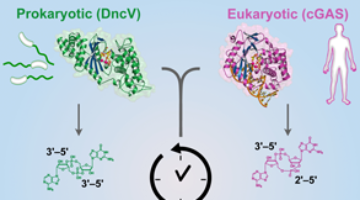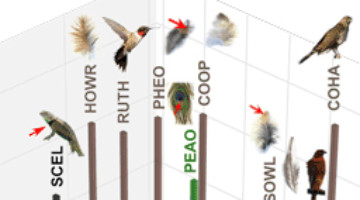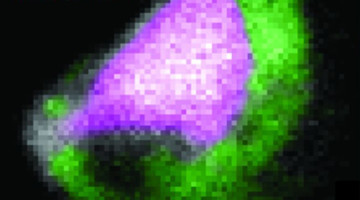Researchers showed that a bacterial signaling protein critical for pathogenesis in Vibrio cholerae is actually a homolog of the human enzyme, cGAS, which detects invading DNA. These results reveal a surprising evolutionary connection between bacterial signaling and human innate immunity. Read more »
ALSNews Vol. 357
SEPTEMBER 24, 2014
For the Birds: The Magic of Color in Feathers
The beauty and wild colors of bird feathers are derived from the combinations of relatively few molecules. Research at the ALS shows that the expression of colors (or melanin), depends on the proportion of the molecules.
Read more »
Skyrmion Behavior Revealed by Two X-Ray Studies
Two research groups have recently published separate studies in which soft x-rays reveal how skyrmions—quasiparticles made up of spin vortices—react to external fields. Their work lays the foundation for understanding these fascinating constructs and eventually utilizing them in spintronic applications. Read more »![]()
![]()
Space Dust Analysis Could Provide Clues to Solar System Origins
New studies of space dust captured by NASA’s Stardust Interstellar Dust Collector have shown that interstellar particles may be much more complex in structure and composition than previously thought. Read more »![]()
![]()
Caribou Biosciences Has Roots at the ALS
When Rachel Haurwitz joined UC Berkeley biology professor Jennifer Doudna’s lab in 2007 as a graduate student, little did the two women know that the interesting bacterial immune system they were studying would be the subject of news headlines and the basis for a biotech startup just a few years later.



